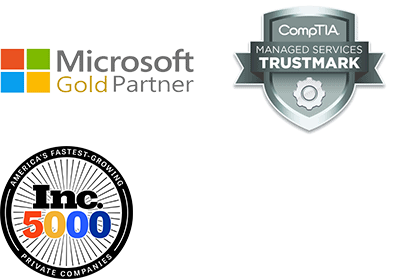Unlike the famous cartoonist, Rube Goldberg, most people cannot become famous or make a living taking a simple process and making it so complicated it defies definition. Almost all of us that have worked at an organization for more than a few months can identify a few processes that are followed diligently every day wasting tremendous amounts of time and money. The sad truth of the matter is that most managers in organizations look at these processes with dread. They see the mountain of work to untangle the process and the effort required to get agreement on a new process and decide not to change a thing.
I was on a team a few years ago that was examining how we could improve a small process that was broken and needed fixing badly. Our small team started to talk through the issues and broke the problem down into a few larger blocks. We asked one of the team members to work on a diagram that would depict the process. The result was a chart with lines going every which way with no clear path of process at all. It was a great pictorial of a process gone completely awry. The problem was that the drawing really didn’t help us to unwind anything, but the unforeseen benefit was the dramatic impact the drawing had on senior leadership. The immediate response was: “How can anything good come from that?”. That drawing was referenced for months whenever a process was questioned. It turned out that this was our key tool to make a dramatic impact on the organization without having to jump through tremendous political and financial hoops. Just point to the picture…
This event just reinforced what I had learned over the years and what my Six Sigma friends have studied and documented. Look for processes that have the most impact on your bottom line and start fixing them. The return on those projects will fund other projects. In addition, look for some easy wins to keep the morale on your team high and the momentum moving in a positive direction.
At this point, I am hearing you say: “Sounds interesting, but where can I start without jeopardizing my career?”. How about a few practical thoughts? Here are three good ways to start your improvement process.
1. Look for software duplication
With the proliferation of “free” applications available for consumer use, it seems very easy to start using these at work. The problem comes in when numerous people use different versions of the same type of application. As an example, do you have people using Dropbox, GoogleDrive, and OneDrive within your organization? Doesn’t seem like such a bad thing at first but take a closer look. Here are the ramifications of decisions like this:
- Exchanging files between users now requires someone to know several different applications rather than just one. Time wasted…
- Each application requires a separate set of security processes to be implemented. Breaches likely…
- Because most people set these up with personal emails, the contents are “owned” by them when they leave. Lost intellectual property…
One small software duplication issue can spiral into a very costly situation that is often hidden from view. Now, multiply this by dozens of these situations that are likely alive within your organization and you could save some serious time with a very small amount of effort.
2. Keep your applications current and listen for complaints
As applications get older, they will work less efficiently with newer ones. New applications will take advantage of new data sharing and process automation that old applications have no knowledge of. This will force users to come up with workarounds to compensate. These workarounds then become standard procedures. Overtime, people forget why they are performing these tasks and you have an ingrained mess that drains productivity.
In most cases, just listening to staff members talk about what they do will identify broken processes. The more complaints there are, the more likely the process is flawed.
3. Look for simple ways to automate
Any process that someone does over and over has the possibility for automation. Here are a couple of quick examples we have seen customers implement to save time and improve service:
- A customer has a service desk providing customer service for their products. Previously, when a customer had a severe problem they walked around and notified teammates of the problem so they could better help any other customers with a similar problem. This was very inefficient and unreliable. To solve this, they created a workflow that watches their call logging system for severe issues and creates an instant message post in Microsoft Teams to notify the team of the issue.
- A customer spent hours manually downloading excel reports from a report writing system. A script was created to download the reports automatically saving hours each week.
Every business is looking to improve processes. That is just one aspect of Applied Tech’s IT managed services solutions: TechCare Complete and TechCare Co-Managed. Contact us and we can talk more about how one of these solutions can benefit your organization.
For more details about IT Managed Services, see our info page.





